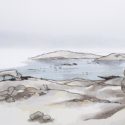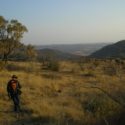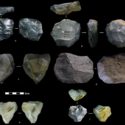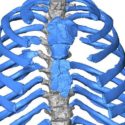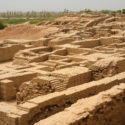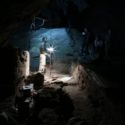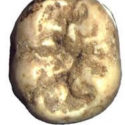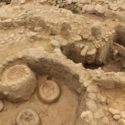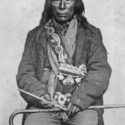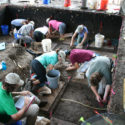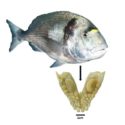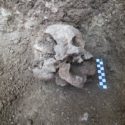New study shows that the genetic makeup of northern Europe traces back to migrations from Siberia that began at least 3,500 years ago and that, as recently as the...
New research finds grassland expansion drove the decline of giant mammals over the last 4.6 million years.
New uranium-lead ages for fossil bearing caves change the landscape of human evolution in South Africa.
The results show significant morphological differences pointing to a respiratory mechanism that was different compared with that of modern humans.
Stone tools from the Middle Stone Age in South Africa shows that different communities were connected over long time periods over vast geographical areas.
Results point to a highly complex picture of arrival, dispersal and expansion.
Novel technique provides controlled experimental protocol for archeological investigations.
WSU molecular analysis of pipes uncovers longest record of use.
New study provides earliest evidence for hominins in 'Green Arabia' between 500,000 and 300,000 years ago alongside direct environmental data indicating productive, relatively humid grasslands.
Gilthead sea bream were caught in the Bardawil lagoon on a large scale and transported as dried fish to the area in which Israel is located today.

